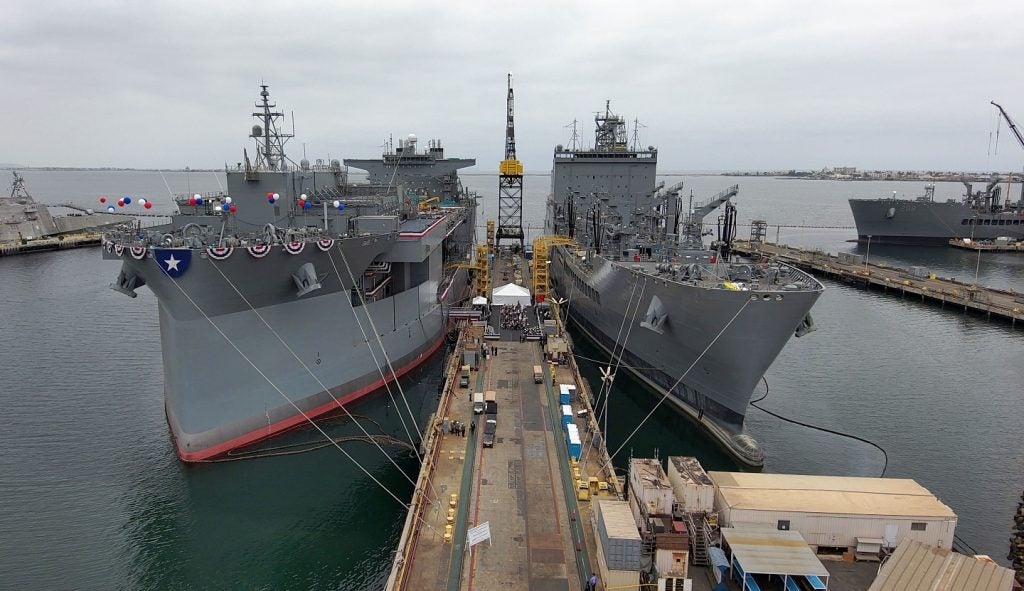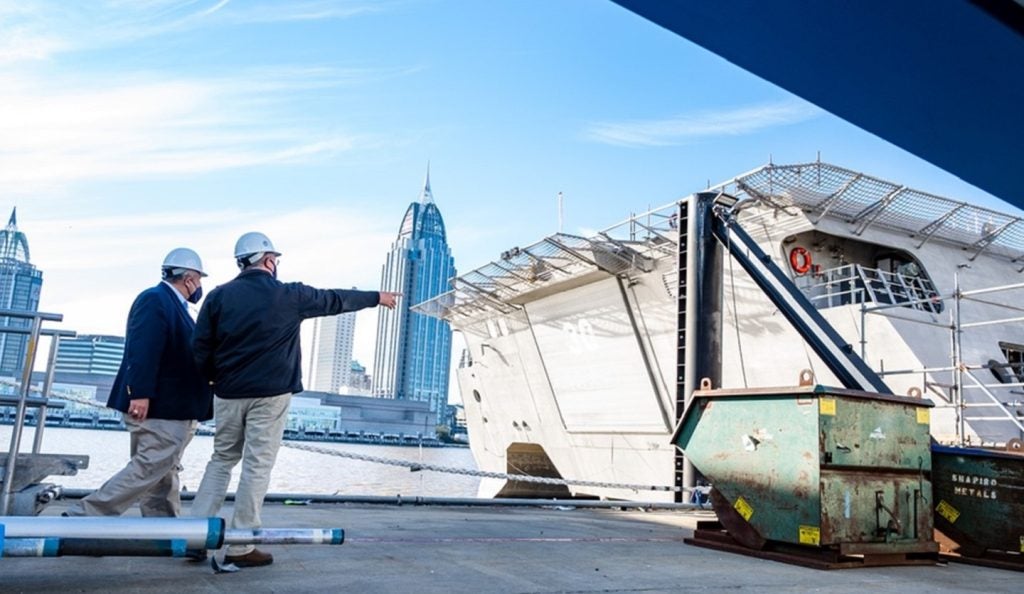_-_1.jpg)
The US Office of Naval Research (ONR) has integrated two prototype electro-magnetic (EM) railgun weapons on the joint high-speed vessel (JHSV) USS Millinocket, at the Naval Base San Diego.
Until now, the prototypes had been tested and fired in a lab setting.
Scheduled for testing in a maritime environment in 2016, the prototypes, developed by BAE Systems and General Atomics, will undergo at-sea demonstrations, marking a significant step forward in naval combat for the US Navy.
Launched at high velocities to accomplish greater ranges than traditional guns, the projectiles sustain sufficient kinetic energy, while eliminating the requirement of a high explosive payload when they reach the target.
Each projectile costs approximately $25,000, which is 100 times less than a traditional missile.
EM weapons, which are capable of firing a projectile at seven times the speed of sound (5,000mph) at a range of up to 110nm, use an electromagnetic force called the Lorenz Force to rapidly accelerate and launch a projectile between two conductive rails.
Furthermore, they can deal with multiple threats, including enemy warships, small boats, aircraft, missiles and land-based targets.
Railguns, which complement the existing kinetic weapons, are activated only when an electrical pulse is sent across metal rails to create an electromagnetic force.
Image: USNS Spearhead (JHSV-1) during sea trials. Photo: courtesy of the US Navy.









